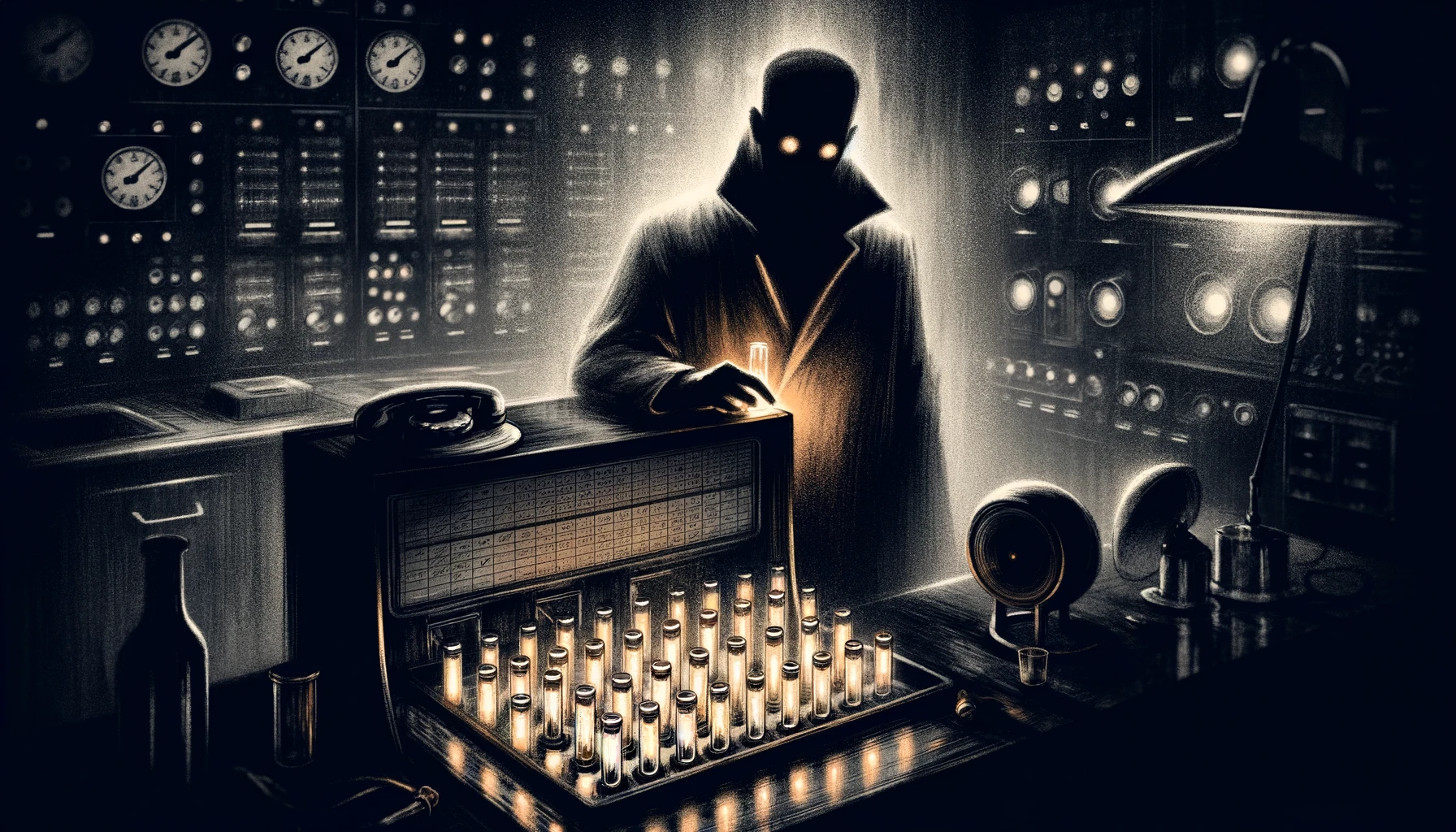In the aftermath of World War II, amidst burgeoning Cold War tensions, a covert initiative emerged, shrouded in secrecy. Known as Project SUNSHINE, its objective was far from benign, probing into the effects of radioactive fallout on the human body. This project, veiled under the guise of scientific advancement, involved the surreptitious acquisition of human remains, predominantly from the most innocent of society—the unborn and newly deceased infants—to assess the absorption of strontium-90, a byproduct of nuclear explosions.

Scientific Rationale Behind the Collection of Samples
Scientists posited that the bones of the young would most accurately reflect levels of Strontium-90 from their environment, making infants prime subjects for these macabre experiments. The hypothesis was chillingly straightforward: younger bones, more recently formed, would incorporate this radioactive material more readily than those of adults, providing clearer data on how nuclear fallout could permeate the food chain and affect human health. Consent was neither sought nor given; the bereaved families were left in the dark, their loved ones’ remains used without their knowledge.
Project SUNSHINE was not confined to any single nation; its tentacles stretched across borders, with samples covertly collected from Europe, Australia, and beyond. The international dimension of this project underscores a chilling era of global espionage and scientific exchange that prioritized national security over individual rights.
The Fallout of Secrecy
The clandestine nature of Project SUNSHINE only came to light decades later, causing a public uproar. The lack of transparency and the violation of ethical norms sparked debates on the governance of scientific research and the shadowy practices of governments during the Cold War. This revelation forced a reevaluation of ethical standards in scientific studies, particularly those involving human subjects.
The murky details and partial revelations about Project SUNSHINE have fueled a plethora of conspiracy theories. Enthusiasts and skeptics alike delve into the depths of this project, searching for undisclosed truths and the full extent of governmental overreach. These theories continue to stir public interest and skepticism, keeping the story alive in the collective consciousness.
Final Thoughts
Project SUNSHINE stands as a somber chapter in the annals of scientific research, a stark reminder of a time when the ends were thought to justify the means. Even though Shocking, this project is another example where a conspiracy theory becomes fact.